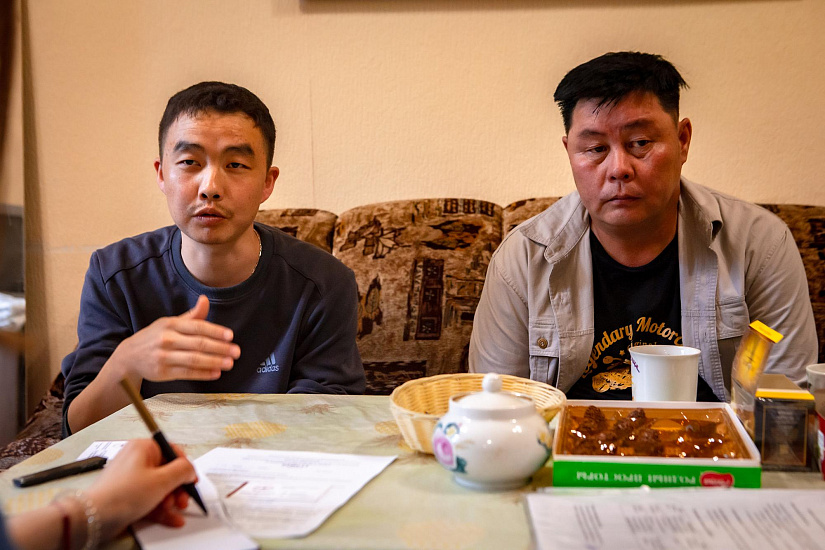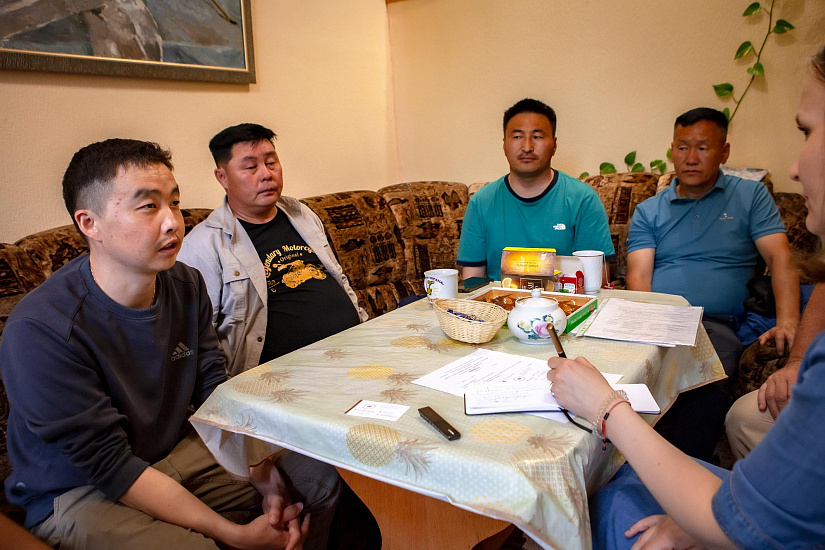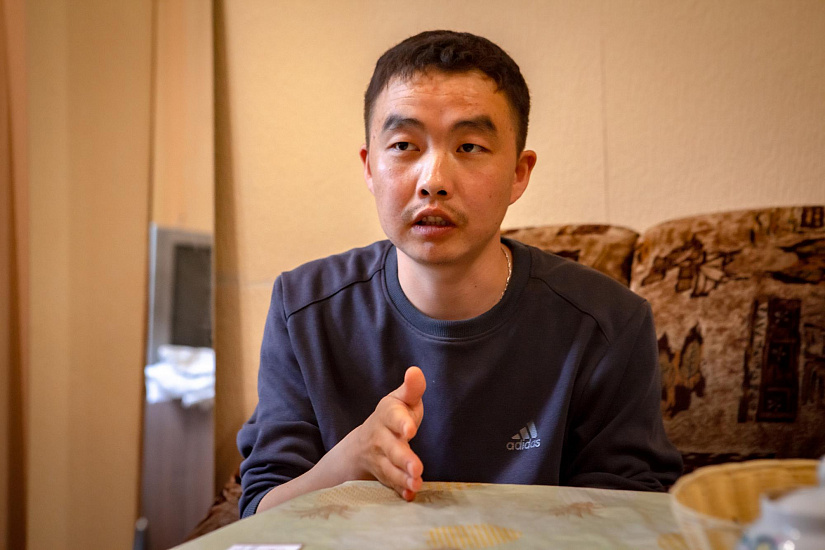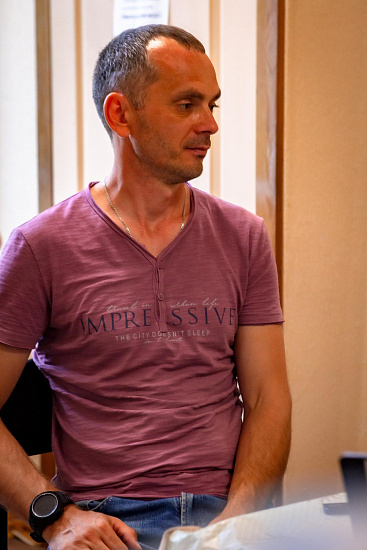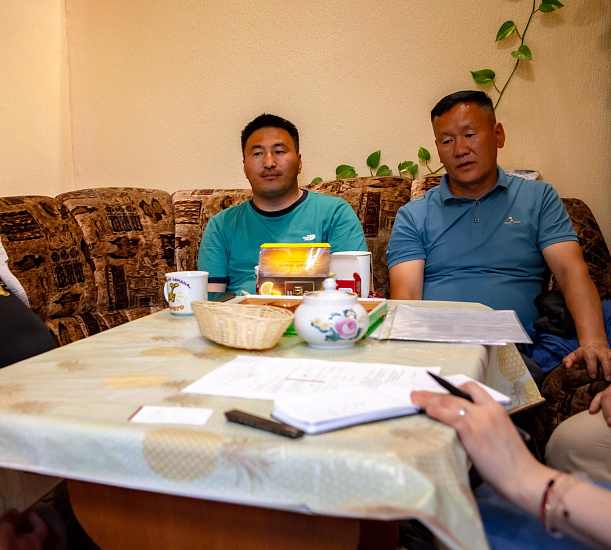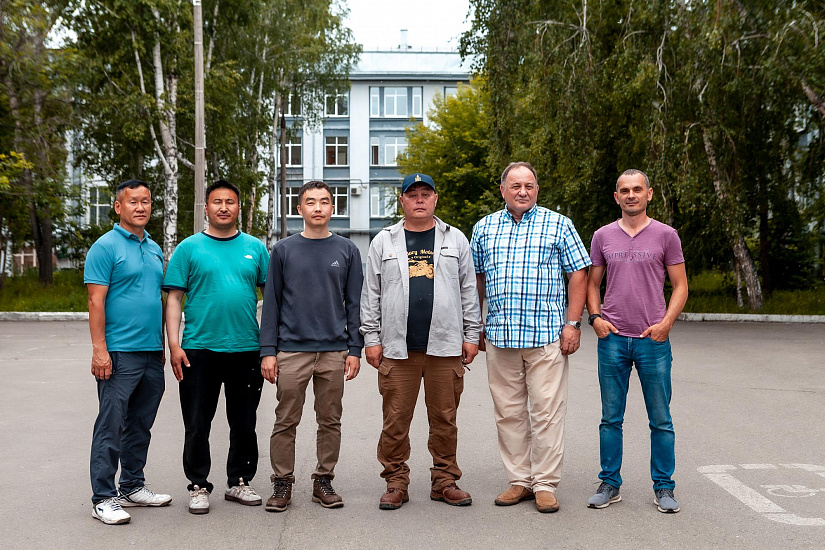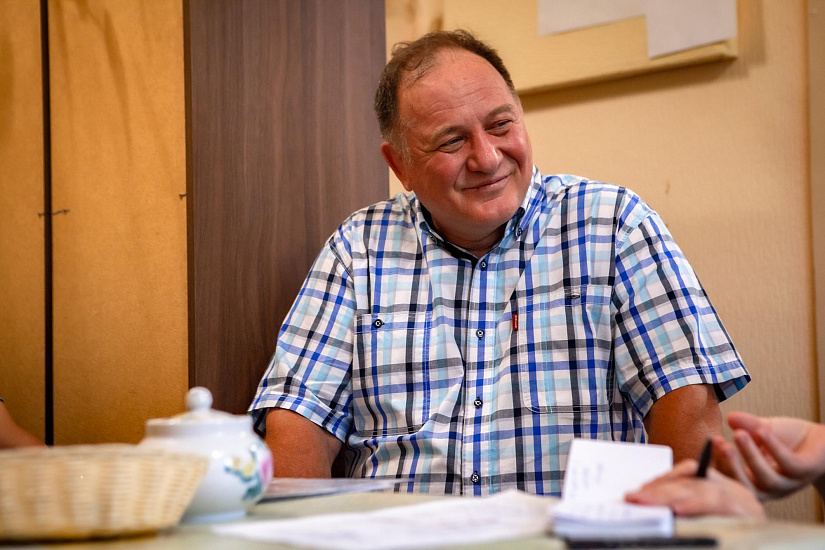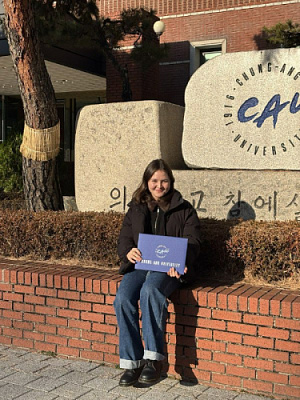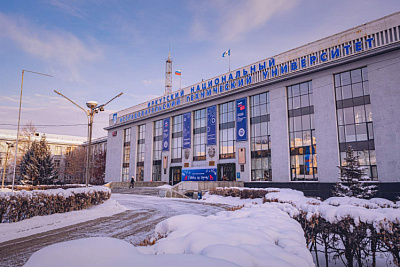Scientists From INRTU and Archaeologists From Mongolia Have Started a Joint Project to Study The Northern Coast of Lake Khuvsgul
Archaeologists from INRTU together with colleagues from Mongolia will conduct excavations near the northern part of Lake Khuvsgul in the summer. The participants of the international project, led by Professor Artur Kharinskii, set off on the expedition on the morning of June 25th.
Artur Kharinskii noted that this work will be the first experience of collaboration between INRTU archaeologists and colleagues from the Institute of Archaeology of the Mongolian Academy of Sciences. The joint program is planned for several years. The main task of the 2024 expedition is to study the shore of Lake Khuvsgul. This will help us understand how people living in the regions of Lake Baikal and Lake Khuvsgul interacted in ancient times, starting from the 1st millennium BC to the mid-2nd millennium AD.
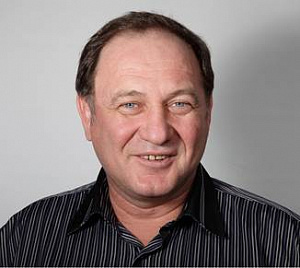
"We have some materials on different periods of human life on the northern shore of Khuvsgul. However, a complete picture is still missing. I hope this expedition will provide additional data to help reconstruct chronological events.
We plan to excavate burials that will give us an idea of the daily life and religious beliefs of the population. This information can be compared with what we already know about the life of the nomadic cattle breeders in Tuva, the shores of Lake Baikal, and the Selenga River," explained Artur Kharinskii.
Before the start of the expedition, a group of Mongolian archaeologists led by Tsendiin Amgalantugs visited INRTU. He has experience working with Russian, Japanese, and American archaeologists. In 2024, Tsendiin Amgalantugs defended his PhD thesis. His research focuses on the culture of khereksurs – stone burial structures shaped like mounds. Studying these objects requires a lot of time and funds. Archaeologists still know little about Mongolian khereksurs, making Tsendiin Amgalantugs' project unique.
According to the Mongolian scientist, the result of the joint expedition with INRTU will be scientific articles and presentations at international conferences. In the future, they plan to publish a monograph in several languages.
A member of the international team is Khurelchuluun Basansuren from the Department of Culture of Khuvsgul aimag. He is interested in the project from the perspective of studying the region's territory.
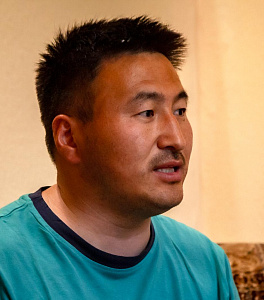
"The northern part of the shore of Lake Khuvsgul, unlike the southern part, is poorly studied by archaeologists. Therefore, it is important for us to understand what monuments exist along the border with Russia," said Khurelchuluun Basansuren.
Another expedition participant is Duluu Tseng, a graduate student at Altai State University. His research interests focus on burial rituals and the northern culture of Mongolia during the imperial period. Duluu Tseng is preparing to defend his dissertation in August this year.
For history teacher Radnaa Sodnomtseren, the upcoming excavations will be the first since his student days in the early 2000s.
It should be added that students and staff from INRTU, as well as a group of volunteers from Irkutsk, will also go on the trip. The Khuvsgul expedition will end on July 10th. Then part of the archaeologists, including Artur Kharinskii, will move to the Gobi Desert for an archaeological survey.
